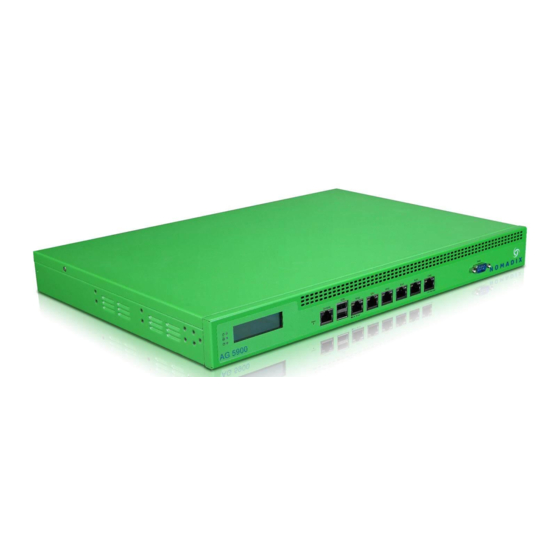
Nomadix AG2500 Manuals
Manuals and User Guides for Nomadix AG2500. We have 2 Nomadix AG2500 manuals available for free PDF download: User Manual, Quick Start Manual
Advertisement
Advertisement

